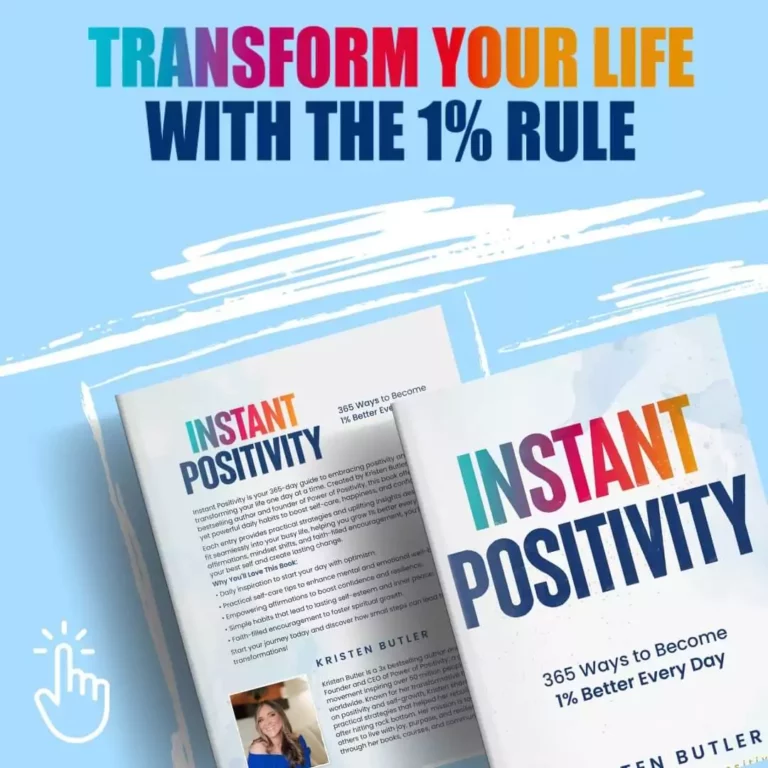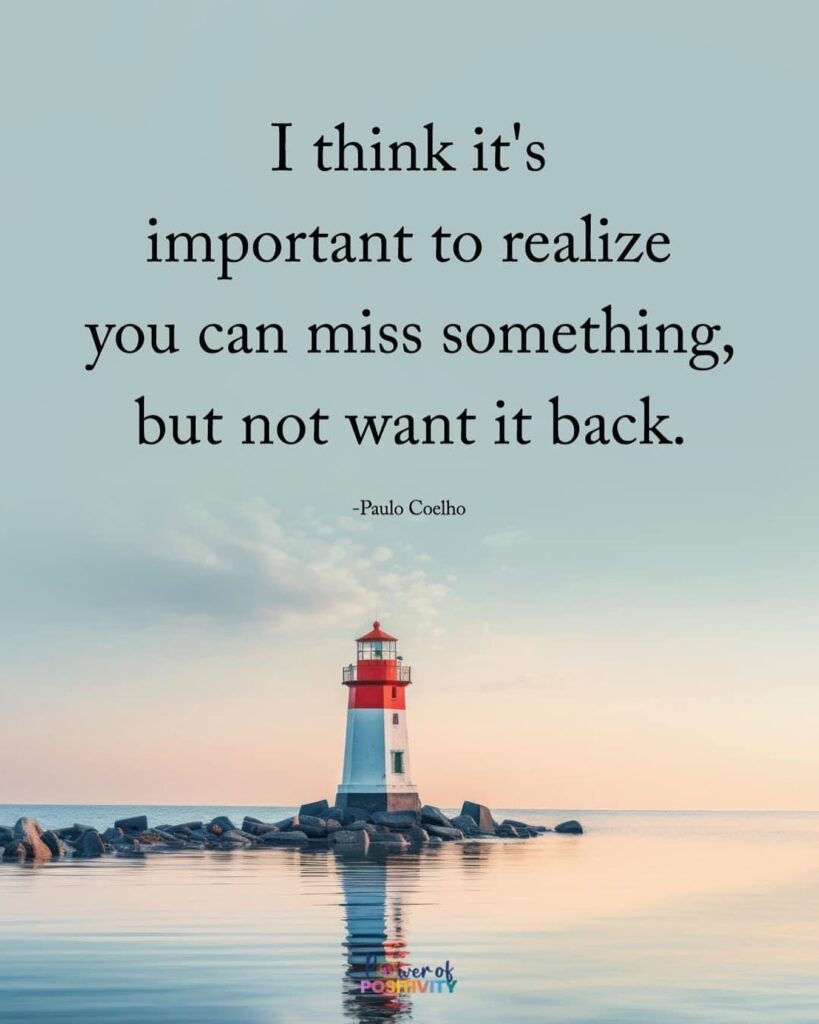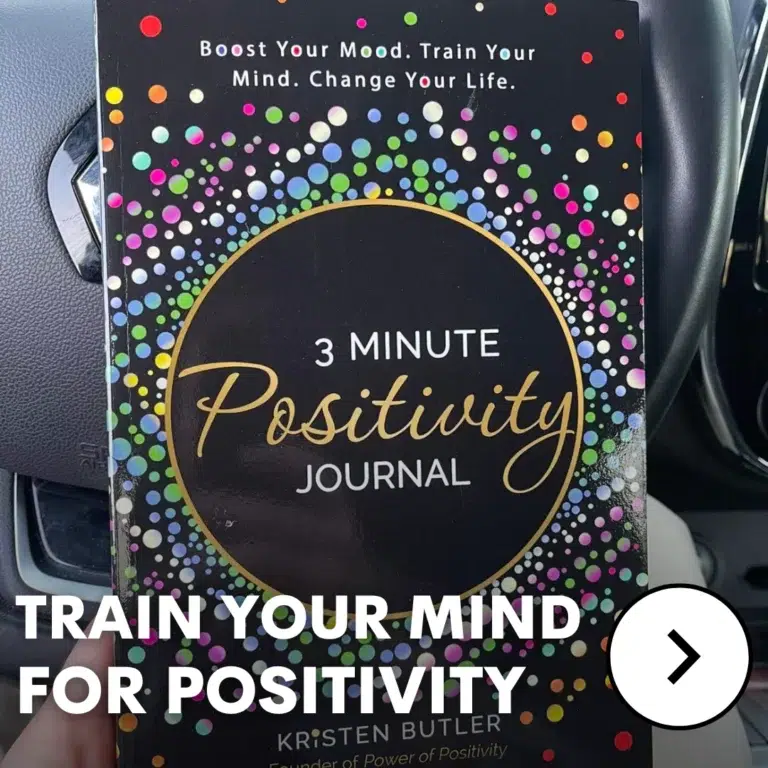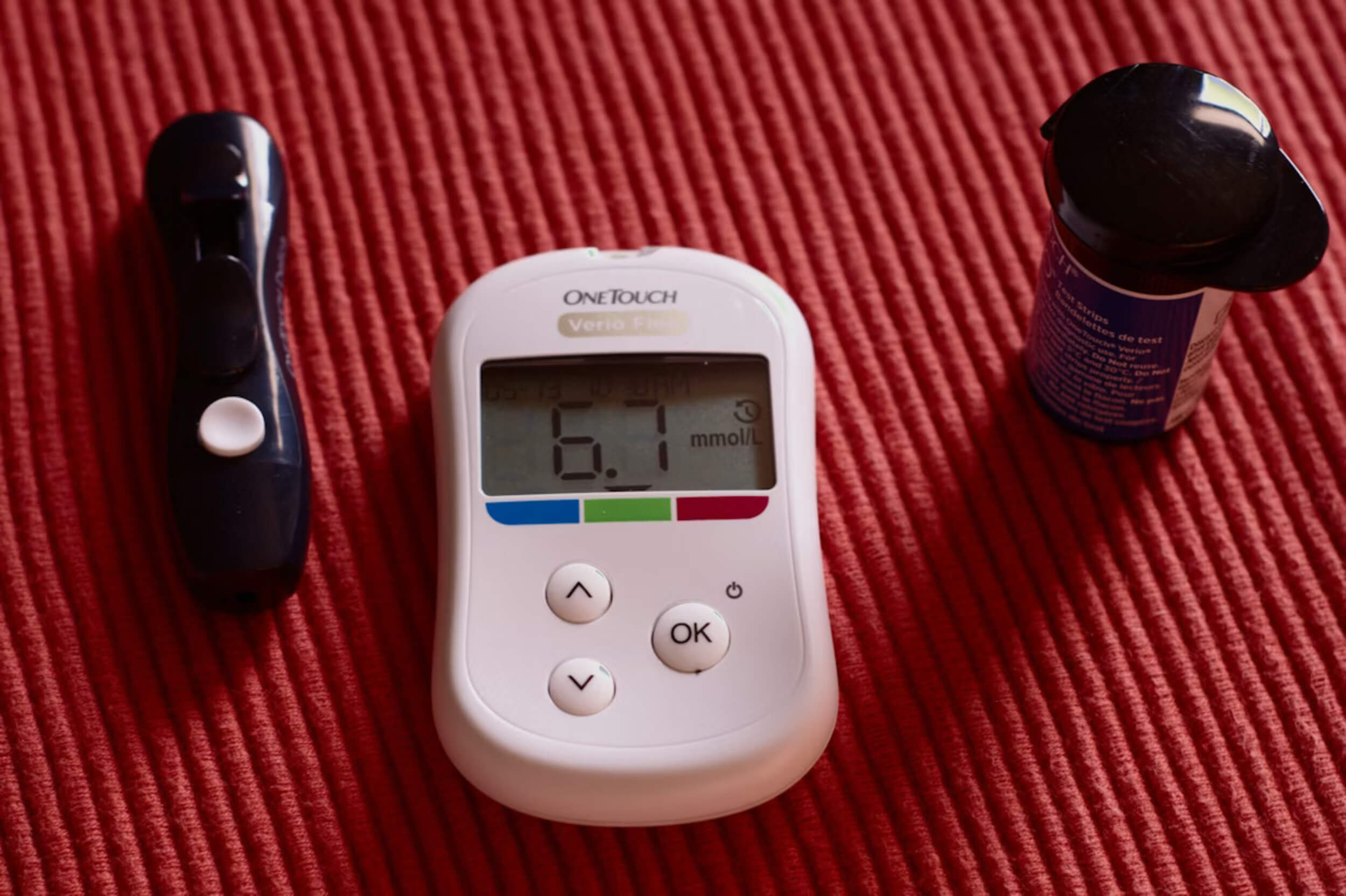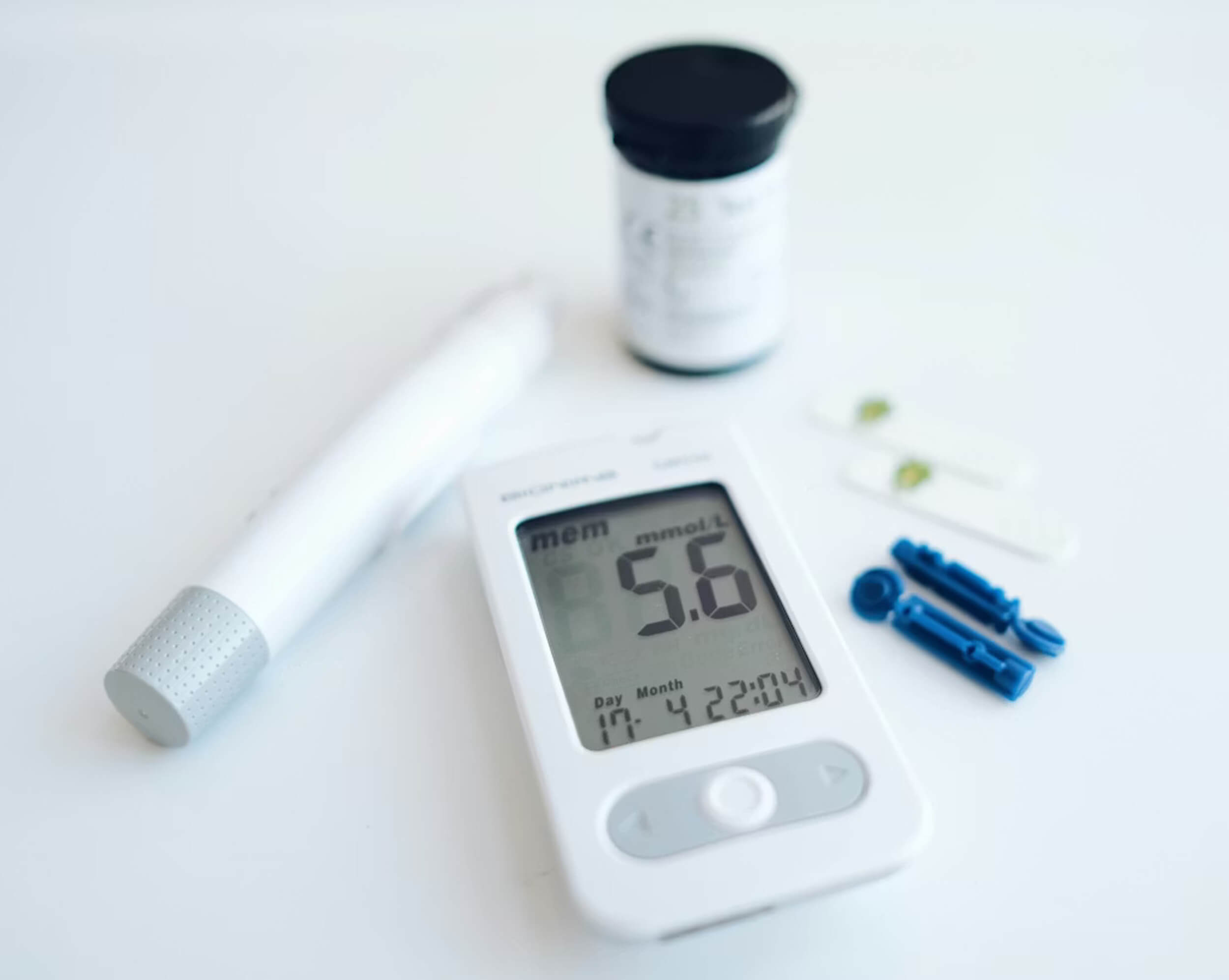Most people think stress is always bad — like something that should be avoided at all costs. But that’s not the full story. The real issue often isn’t stress itself. It’s how we react to it.
There are plenty of moments in life that bring pressure — work deadlines, family problems, or money worries. These things don’t go away just because we want them to. What makes the difference is how we handle them.
Stress isn’t the problem when we learn to face it the right way. Some people break down, others grow stronger. That’s not luck — it’s habit, mindset, and small choices.
This isn’t about pretending stress doesn’t exist. It’s about building better ways to respond. And once you start doing that, stress can become something you work through — not something that takes you down.
What Stress Actually Is (And Isn’t)
Stress often gets a bad name, but it’s not always a threat. At its core, stress is just your body reacting to any kind of demand or pressure — physical or emotional. Whether you’re running late or running a marathon, your system kicks into gear.
Our bodies like balance. That “balance” is called homeostasis — it’s your normal, steady state. Stress happens when something pushes you out of that comfort zone. But not all of that is bad.
Here are everyday examples of stress that can be helpful:
- Workout soreness — your body is adjusting and growing stronger
- Stage fright — your brain is gearing up to help you focus
- Learning something new — a sign your mind is stretching
There are two types of stress:
- Acute stress is short-term. Think of a traffic jam or giving a speech.
- Chronic stress lasts longer and drains your energy. Things like ongoing money trouble or a toxic relationship fall into this group.
Why the Same Stress Affects People Differently
What rattles one person might not bother someone else at all. That’s because stress isn’t just about what happens — it’s about how you see it.
Let’s say two people both lose their jobs. One person feels completely stuck and hopeless. The other feels shaken, sure, but starts updating their resume and looking ahead. The event was the same — but their response wasn’t.
Here’s why it plays out that way:
- Your personality shapes your reactions. Some people stay calm. Others spiral fast.
- Your beliefs also guide your thoughts. If you grew up in a household that taught “tough it out,” you might keep everything in. If you learned “ask for help,” you may speak up.
- Your past matters. A person who’s had support in hard times is more likely to bounce back again.
Two types of thinkers show this clearly:
- The step-by-step thinker breaks stress into small pieces and tackles each one
- The “what-if” thinker gets stuck thinking about everything that might go wrong
Stress isn’t the problem when you shift your mindset. What matters most is how you frame the situation in your head.
Your Mindset Can Turn Stress Into Growth
There’s a big difference between seeing stress as danger vs. seeing it as something useful. Researchers like Dr. Alia Crum have found that your stress mindset changes how your body reacts — and how well you handle pressure.
Instead of thinking “this is too much,” some people flip the thought to:
“What is this stress preparing me for?”
This simple shift matters more than you think.
Here’s what happens when your mindset works for you, not against you:
- You stay more focused, instead of panicking
- Your energy gets used for action, not worry
- You recover faster afterward
Think about public speaking. Most people feel nervous. But some remind themselves:
“This means I care. This means I’m awake and alert.” That mindset leads to better performance.
Here’s a quick way to check your own stress mindset:
- Do you see stress as a threat or a challenge?
- Do you treat it like a stop sign, or a signal to get moving?
Stress isn’t the problem if you give it a job to do. Let it sharpen your focus, build your grit, and push you forward — not hold you back.
The Hidden Power of Acceptance
Stress hits hardest when we fight what’s happening. The more we resist, the worse it feels. But there’s another option — one that makes more space to breathe.
Acceptance doesn’t mean giving up. It means being honest about what’s real and what you can control. That shift alone can calm your whole system.
Here’s what real acceptance looks like:
- Saying, “This is hard,” instead of pretending it’s fine
- Letting go of what you can’t change
- Focusing only on what’s in front of you
- Taking the next step, not every step at once
A helpful way to think about it is this:
“Stress is resistance to what is.”
Fighting the facts only adds more tension. Facing them gives you a place to stand.
Some signs you’re moving toward acceptance:
- You stop blaming everything
- You stop replaying the worst outcomes
- You start doing small, steady things to help yourself cope
Once you stop wrestling the moment, you start responding to it. And that’s when you’ll start to see that stress isn’t the problem — holding on too tightly is.
The Danger of Unhealthy Coping Mechanisms
When pressure builds, most people reach for quick fixes. But some of those habits do more harm than good. The truth is, stress isn’t the problem when we know how to handle it — the issue is how we react in the moment.
Here are a few unhealthy ways people often respond:
- Endless scrolling to avoid thinking about the real issue
- Snapping at others because emotions are bottled up
- Drinking or vaping just to feel a bit of relief
- Shutting down and pretending everything is fine
These reactions might offer short-term comfort, but they don’t solve anything. In fact, they often leave you feeling worse later. The longer you stay stuck in these patterns, the harder it gets to respond with clarity.
That’s why shifting from knee-jerk reactions to calm, small responses is key. One builds progress — the other keeps you in a loop.
Healthy Ways to Respond Instead
Some habits may not stop stress from showing up, but they can change how long it sticks around. That’s the difference between reacting and responding — and that’s where the real power lies. When you learn better habits, you’ll start to see that stress isn’t the problem, it’s your response that matters.
Here are five small responses that actually help:
- Pause and Breathe
Even one minute of slow breathing tells your body, “You’re safe.” It relaxes your muscles, lowers your heart rate, and gives your brain space to think. - Name It
Saying what you feel (“I’m anxious,” “I’m under pressure”) helps calm the mental mess. Giving your stress a name helps you handle it better. - Break it Down
Stress grows when everything feels like too much. Pick one thing — just one — to start with. Then take the next step. That’s how momentum builds. - Move Your Body
Walking, stretching, or doing any kind of physical activity helps your body process stress chemicals. Even five minutes counts. - Connect with Someone
A short, honest conversation with a friend can shift your whole mindset. You don’t have to solve it all alone.
Over time, these simple actions build stronger coping muscles. You’ll begin to notice that stress isn’t the problem when you’ve got the tools to meet it head-on.
When Stress Becomes a Warning Light
Not every kind of stress can be fixed with better habits. Sometimes, it’s your body’s way of telling you something needs to change. And ignoring that signal only makes things worse. In many cases, stress isn’t the problem — it’s a symptom of something deeper.
Watch for warning signs like:
- You feel drained all the time, even after resting
- Your mood keeps dipping, and nothing lifts it
- You avoid certain people or places that once felt fine
- You’re stuck in a loop, but can’t figure out why
These aren’t just signs of being busy or tired — they’re clues. When stress feels like a daily weight, it might be pointing toward a bigger shift you need to make.
Paying attention to that signal is the first step. Stress is there for a reason. And sometimes, listening to it is the most powerful thing you can do.
Final Thoughts on Taking Back Control
Stress will always be part of life — that’s just how it is. But stress isn’t the problem when you learn how to meet it with steady habits and a better mindset.
You don’t need to fear stress or try to fight it off. The real strength comes from how you respond — with calm, clarity, and small, consistent actions.
When you stop reacting and start responding, things begin to shift.
Not all at once, but in real, lasting ways.
And that’s when you take back control — one choice, one moment at a time.




